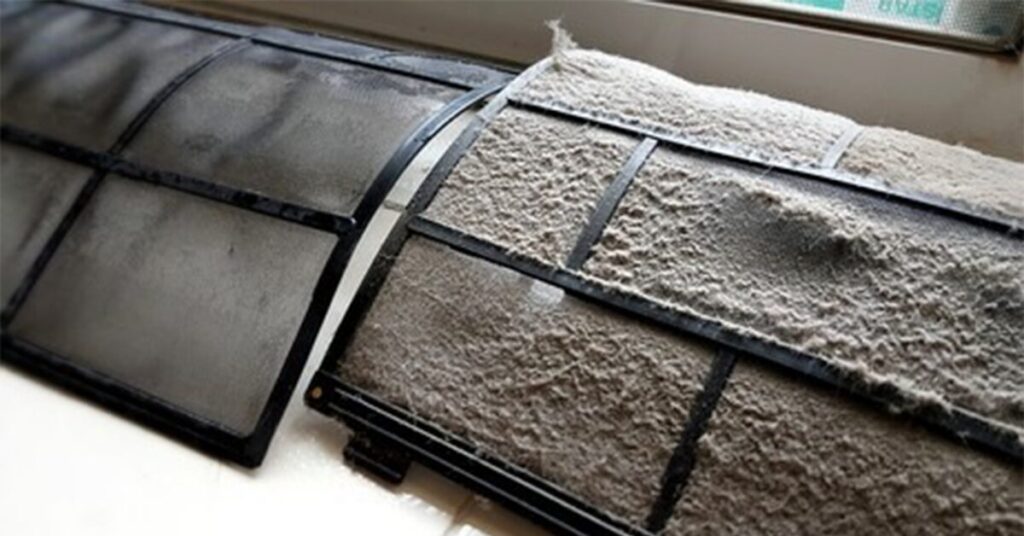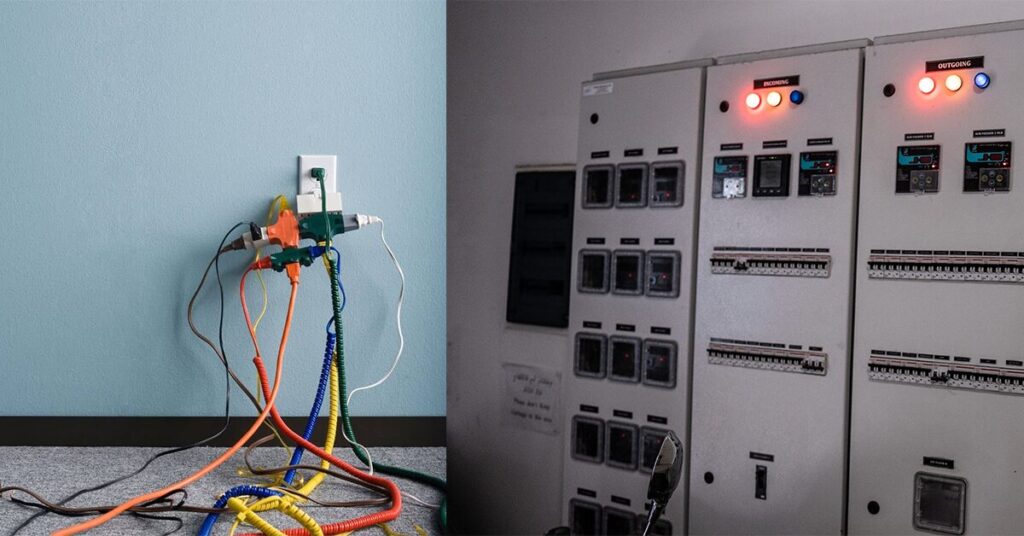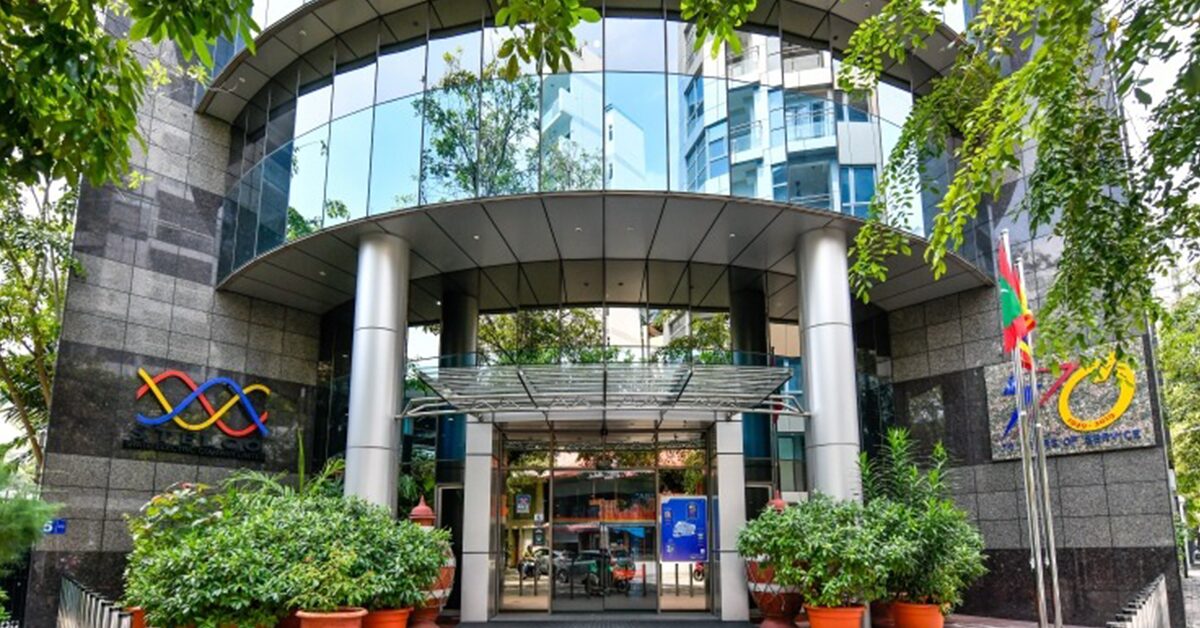The State Electric Company Limited (STELCO) has recently been the subject of speculation regarding its billing practices. Contrary to some public perception, STELCO only charges for the actual electricity usage of its customers. It is essential to understand the nuances of the billing cycle and how usage patterns, particularly the use of air conditioning, contribute to electricity consumption.

Understanding STELCO’s Billing Cycle
STELCO operates on a standard 30-day billing cycle. However, due to the extensive task of meter reading across approximately 60,000 households, this process can take up to 14 days to complete. As a result, there are instances when the billing cycle may extend slightly beyond 30 days, sometimes reaching 32, 33, or even 34 days. This extension can lead to variations in monthly billing amounts.
For example, if the meter reading period coincides with holiday seasons, the increased or decreased usage during these times may not be immediately reflected in the next bill but will be adjusted in the subsequent cycle. This ensures that customers are only billed for the actual electricity consumed over the entire period, maintaining fairness and accuracy in billing.
Addressing High Electricity Consumption
One of the primary contributors to high electricity bills is the use of air conditioning (AC). In the tropical climate of the Maldives, AC units are essential for comfort but also significantly impact electricity consumption. STELCO urges customers to set their AC units to 25 degrees Celsius. Maintaining this temperature is an optimal balance between comfort and energy efficiency. Lowering the temperature setting increases the workload on the AC unit, thereby consuming more electricity and resulting in higher bills.

Tips for Reducing Electricity Consumption
- Regular Maintenance: Ensure that AC units and other major appliances are regularly serviced and maintained for optimal performance. Clean filters and well-maintained systems use less energy.
- Energy-Efficient Appliances: Invest in energy-efficient appliances that have higher Energy Star ratings. These appliances are designed to use less electricity while providing the same level of performance.
- Unplug Devices: Turn off and unplug electronic devices when they are not in use. Many electronics consume power even when turned off, known as standby power or phantom load.
- Use Natural Light: Maximize the use of natural light during the day to reduce the need for artificial lighting.
- Monitor Usage: Be mindful of peak usage times and try to spread out the use of high-energy-consuming appliances to avoid high demand periods.
STELCO remains committed to providing reliable and fair billing services to its customers. By understanding the factors influencing electricity consumption and adopting energy-saving practices, customers can manage their electricity usage more effectively, leading to reduced bills and a more sustainable energy footprint. For any concerns or further clarifications, STELCO encourages customers to reach out to their customer service team.



